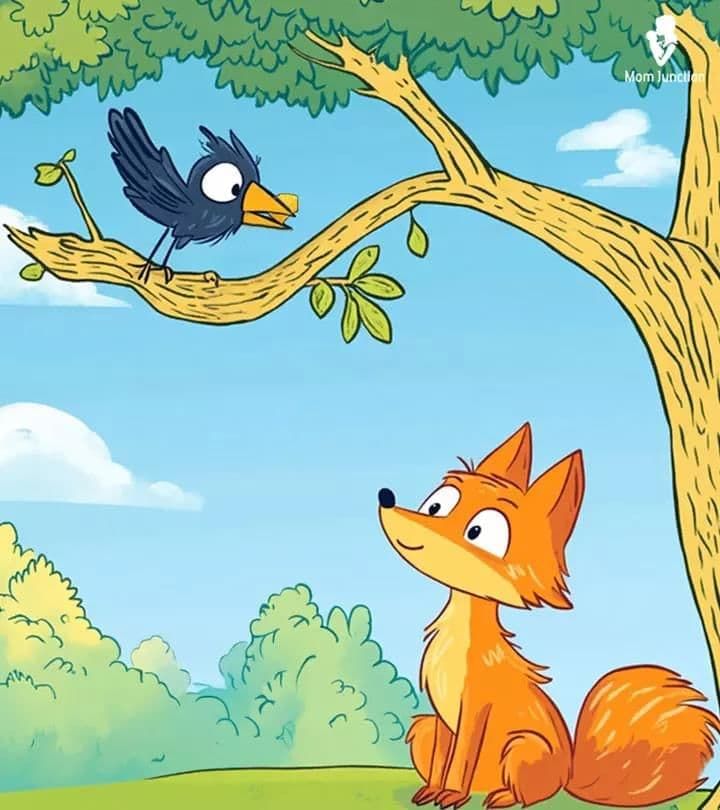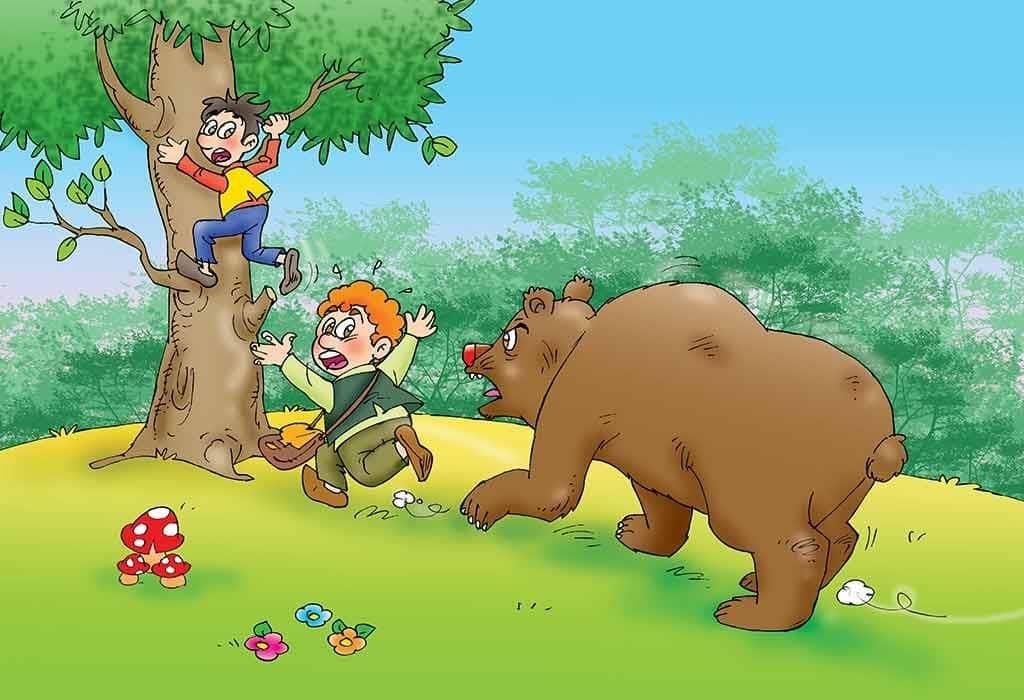Story Writing Class 6 Worksheet English Grammar
Write the Story with the help of the given outlines?
Q.1. A fox _______ hungry _______ it went _______ food _______ saw a crow _______ with a piece of bread _______ beak _______ goes _______ your voice _______ sweet _______ please sing _______ for me _______ the foolish crow was very happy _______ opened _______ the piece of bread _______ takes _______ ran away.

Q.2. Two friends _________ go through a forest __________ promises to help one another _________ see a big bear ______ one climbs up a tree ________ the other lies down ___________ bear comes _________ smells _________ thinks dead ________ went away ________ friend comes down ________ asks what did the bear say _______ never trust false friends.

Q.3. The sun and the wind had a quarrel ____ who is stronger? ____ they tested their strength on a passerby _____ the wind blew the sun grew hotter ____ took off ______ The sun was ______.

You can access the solutions to this worksheet here.
|
50 videos|461 docs|45 tests
|
FAQs on Story Writing Class 6 Worksheet English Grammar
| 1. What are the key elements of a good story? |  |
| 2. How can I develop my characters effectively? |  |
| 3. What is the importance of the setting in a story? |  |
| 4. How do I create an engaging plot? |  |
| 5. What are some common themes in story writing? |  |






















